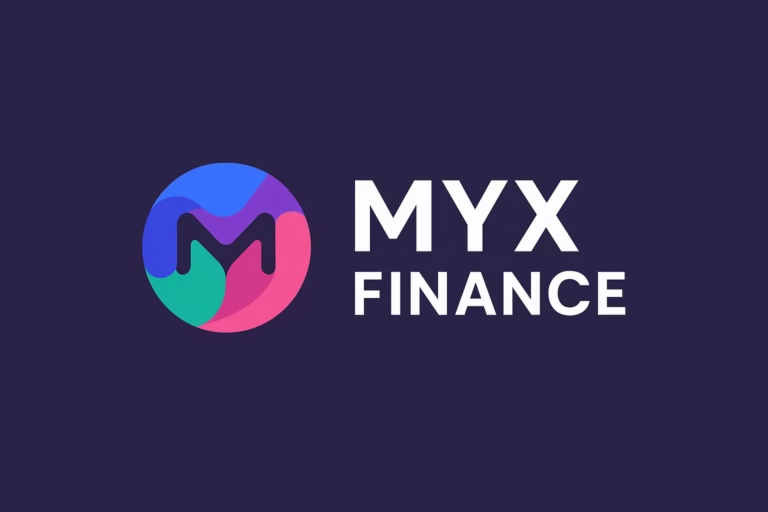
- Ripple and Chainlink are competing to shape U.S. crypto regulation, each using a different strategy.
- Ripple pushes political lobbying, while Chainlink relies on tech partnerships and innovation.
In the ever-evolving world of blockchain, two giants—Ripple and Chainlink—are battling not just for market dominance, but for influence over how cryptocurrency is regulated in the United States. As the Trump administration ushers in a more crypto-friendly era, the strategies adopted by these firms may redefine the future of the entire digital asset space.
ALSO READ:Ripple Ups the Stakes with $20B Offer to Acquire Circle and USDC
Ripple’s Political Power Play
Ripple has taken a head-on approach to influencing policy. Known for its longstanding legal battle with the Securities and Exchange Commission (SEC), the company is now channeling its energy into shaping favorable regulations through aggressive lobbying. Ripple currently spends $710,000 annually on lobbying efforts and backs the Lummis-Gillibrand Responsible Financial Innovation Act, which seeks to reclassify cryptocurrencies in a more favorable light.
Brad Garlinghouse’s leadership team has embedded itself in Washington’s political ecosystem, supporting key lawmakers and contributing to campaigns. This hands-on involvement is aimed at reducing regulatory pressure and giving cryptocurrencies room to thrive without the looming threat of securities law enforcement.
Chainlink’s Silent Strength: Innovation as Influence
On the other hand, Chainlink has chosen a subtler but equally powerful path. Rather than court politicians, it is embedding its technology deep within traditional finance. Led by Sergey Nazarov, Chainlink has formed partnerships with institutions like Swift and Euroclear, while powering projects such as Brazil’s Drex CBDC.
Technologies like the Cross-Chain Interoperability Protocol (CCIP) and Proof of Reserve (PoR) oracles demonstrate Chainlink’s strategy: make itself indispensable to the future of finance. This innovation-driven approach doesn’t rely on legislation, but rather on becoming so crucial to infrastructure that policymakers take notice.
ALSO READ:Chainlink Surges Past $14 with SWIFT Partnership Fueling $150 Trillion Potential
Two Roads, One Destination
The Trump administration’s openness to crypto provides fertile ground for both strategies to flourish. Ripple seeks faster legislative wins, while Chainlink bets on long-term relevance through utility. It’s a classic tug-of-war: political influence vs. technological integration.
For investors and enthusiasts, the takeaway is clear—understanding these divergent strategies is essential. Whether lobbying dollars or blockchain code wins out, the battle between Ripple and Chainlink could define the regulatory tone for digital assets in the U.S. for years to come.
As the dust settles, one thing is certain: this rivalry is about more than competition. It’s about deciding how crypto fits into the framework of traditional finance—and who gets to write the rules.
DISCLAIMER:
The views and opinions expressed herein are solely those of the author and do not necessarily reflect the views of the publisher. The publisher does not endorse or guarantee the accuracy of any information presented in this article. Readers are encouraged to conduct further research and consult additional sources before making any decisions based on the content provided.




